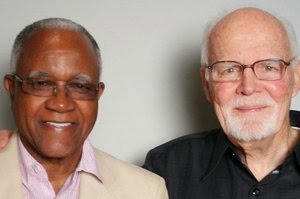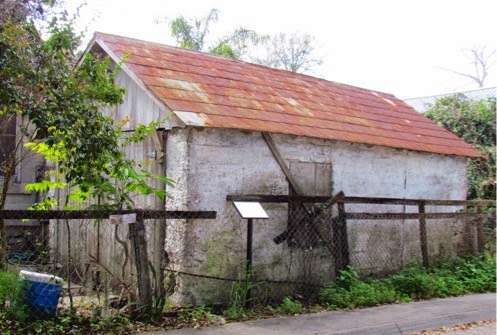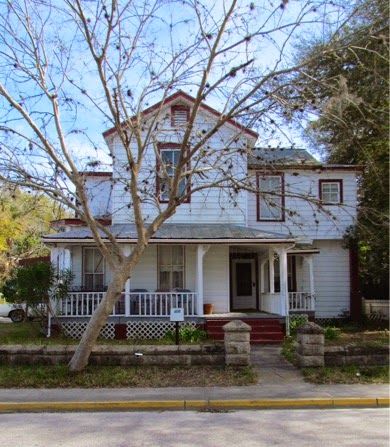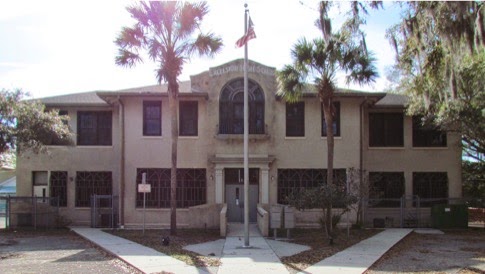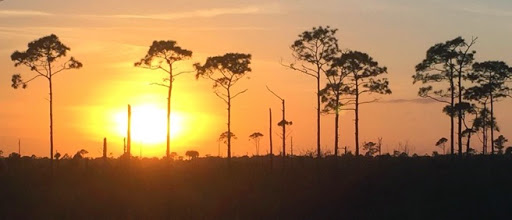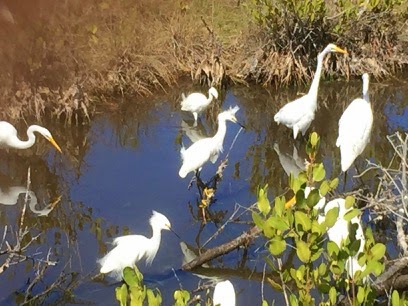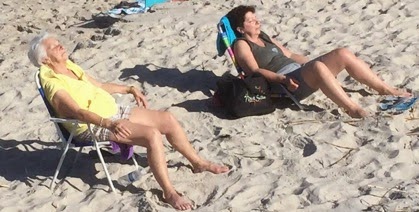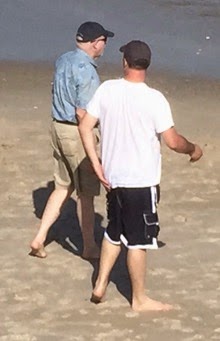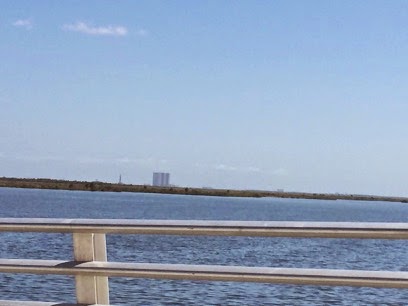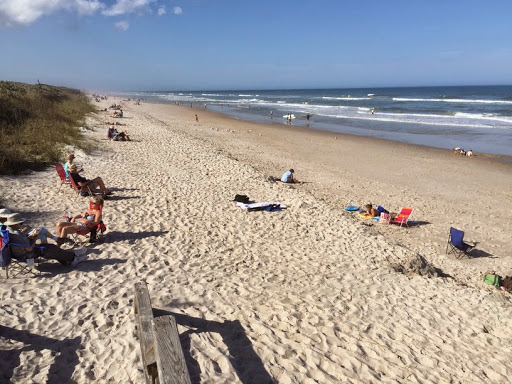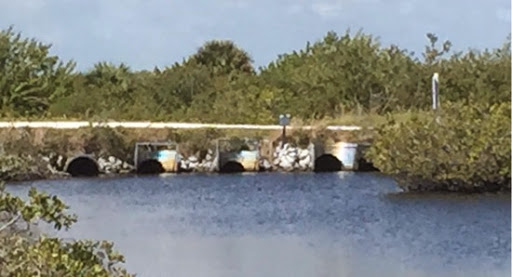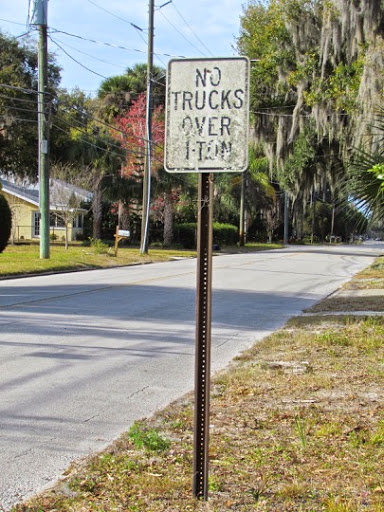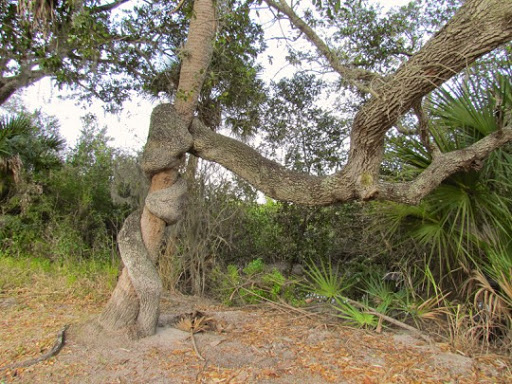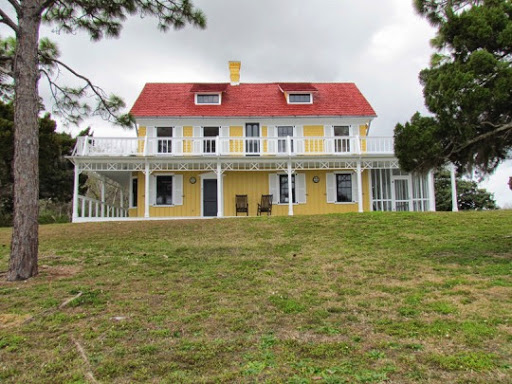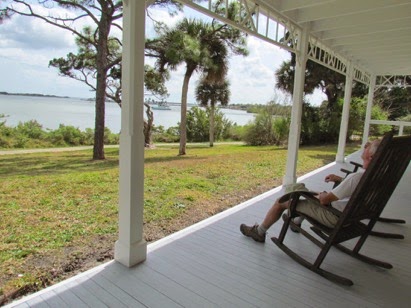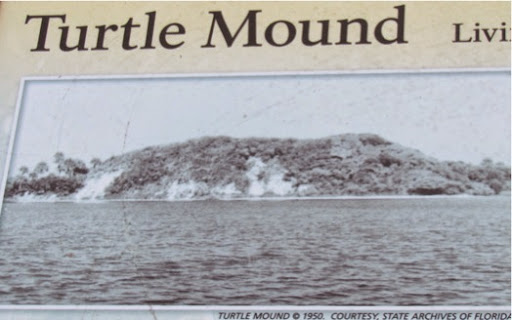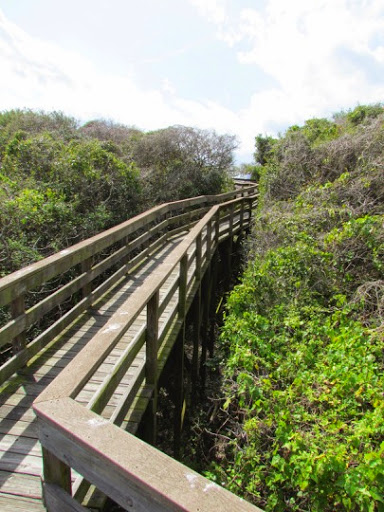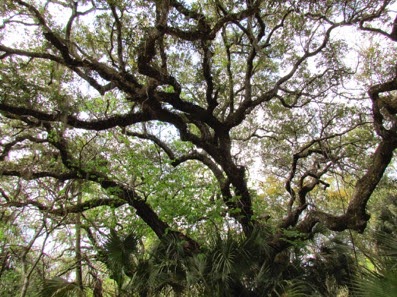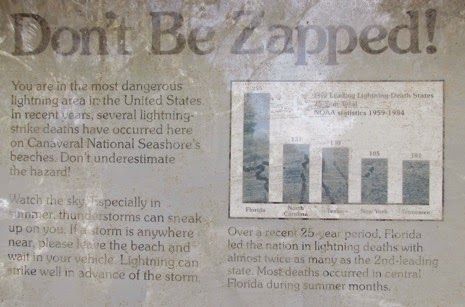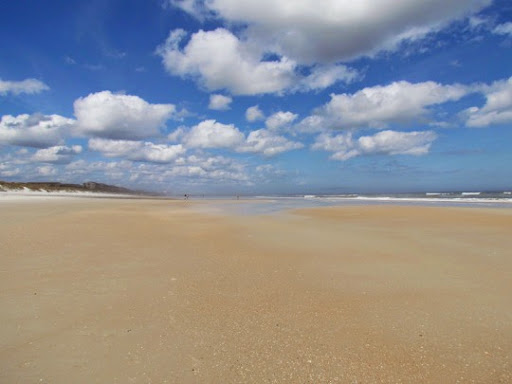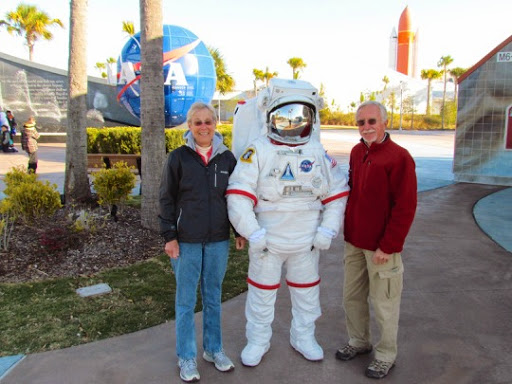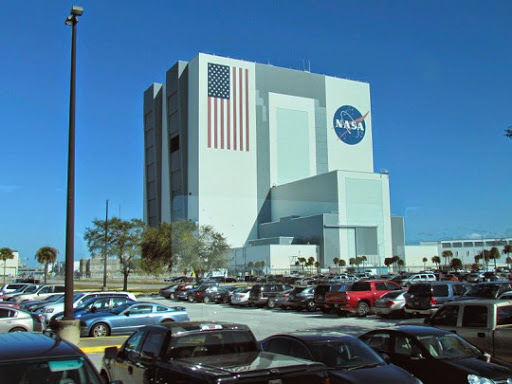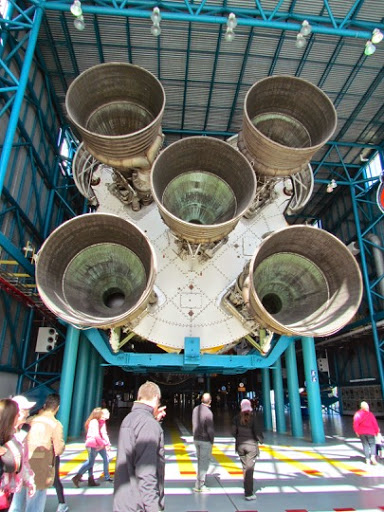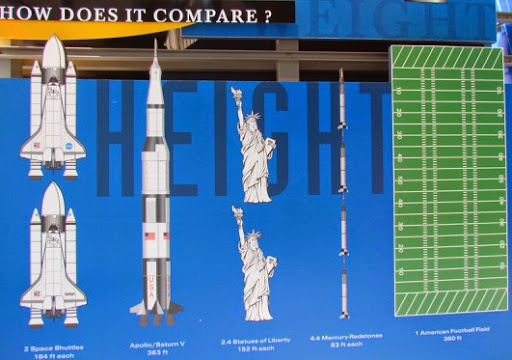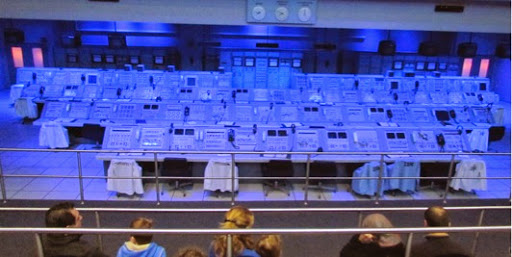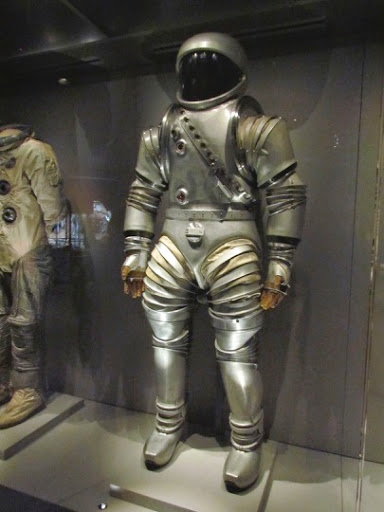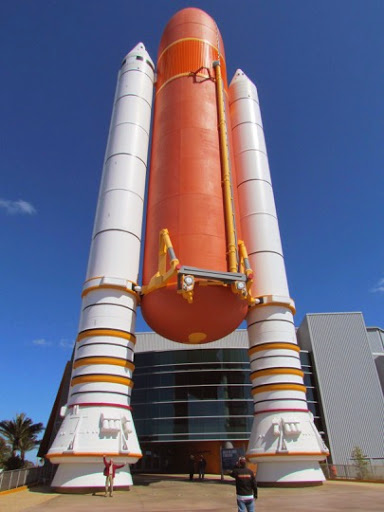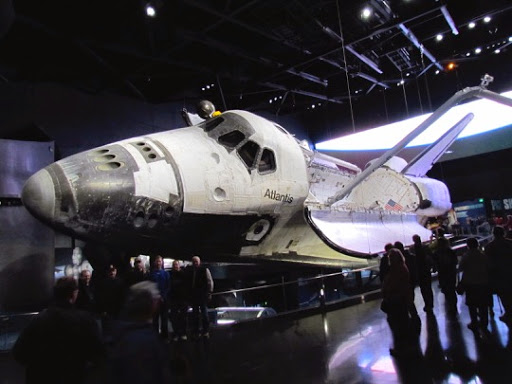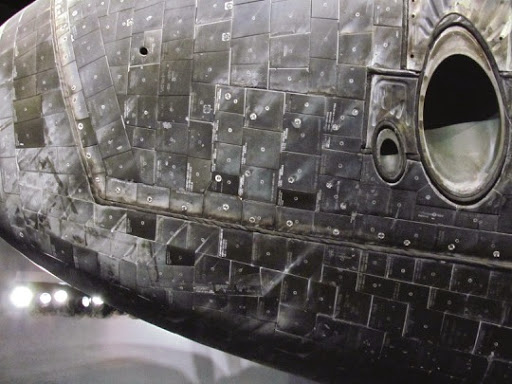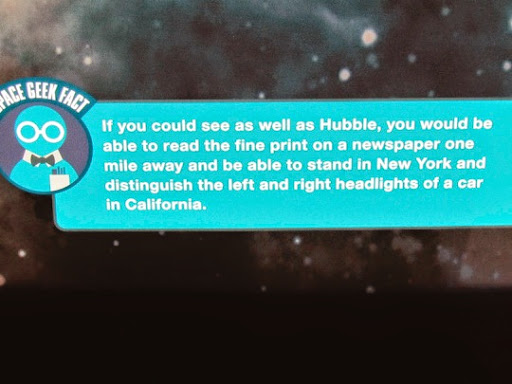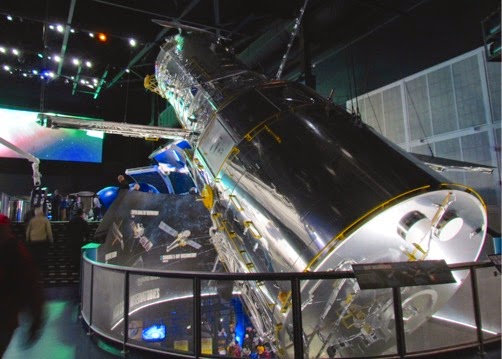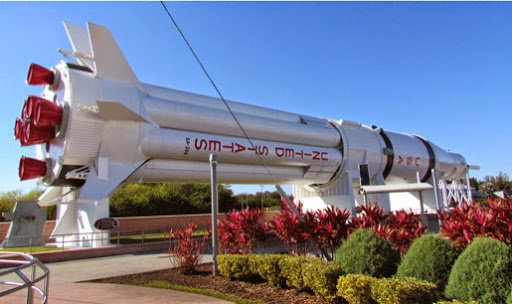St Augustine has many spectacular buildings and one of these is the Castillo de San Marcos, 320 years old this year. The image below is not my image - I got it from the St Augustine website. But, it shows the beautiful, defensive star design with the sally port, the entry, on the right hand side and the bridge to the Castillo itself. You can also see the dry moat with its wall around it. Note that the walls are built at a slant to make it just that much more difficult to storm it from out side. First you’ve got to charge up over the slight hill leading to the moat wall, then down into the dry moat and across, then up the 14’ tall sides - all the while being a perfect target for anyone inside firing at you. Here’s a picture showing the short wall, the dry moat and the slanted walls of the Fort. Do you want to attack this?

Pretty intimidating. Of course, you’re running in heavy metal armor, carrying and firing a heavy wooden and metal musket and then you’ve got that heavy curved helmet on your head. Then you have to stop in plain sight to fire your musket. Are you a perfect target, Are you hot and sweaty? Is this what you’d really want to do on a beautiful sunny Florida day? Wouldn’t you rather be sunning on the beach?

Started in 1672 but not finished until 1695, it is the oldest masonry fort in the continental US. Florida was first ‘discovered’ by Ponce de Leon in 1513 and named ‘La Florida’ because of the bounty of flowers he saw. (By the way, did you know that Ponce de Leon sailed with Columbus on his second voyage?) But this area was not colonized until 1565 when Pedro Menendez de Aviles sailed in with his fleet and named this particular area St Augustine because they had landed on the day of the festival of St Augustine. No gold and silver here and the land was poor for farming but it did have strategic value since it could protect the Gulf Stream which the Spanish galleons used to shoot between the Bahamas and America to get to Europe.
But, the Spanish were not the only ones who wanted to colonize North America, both the French and the English staked claims here: Jamestown was founded in 1607, Quebec in 1607, Plymouth in 1620. The friction between these 3 was great. St Augustine was often under attack and at one point Sir Francis Drake razed the town and fields. 9 wooden forts had been built and failed. A much stronger fort was needed to protect the city, the Spanish interests and the pathway to Europe. Castillo was built to satisfy these needs. Not a lot of native materials to make a strong fort but there was an abundance of coquina - an amalgam of crushed shells and sand which could be mined locally. Cut it out, stack it up and voila!!! a strong fort. The neatest thing about coquina is that it is filled with air pockets and when a cannon ball is shot at it, it just penetrates and stops embedded in the coquina. That coquina ate cannon balls. Most cannon balls shatter cement and stone and other materials. Not coquina. Plus it was fire resistant. Cheap, abundant, fire resistant, cannon ball resistant - what more could a fort builder ask for?
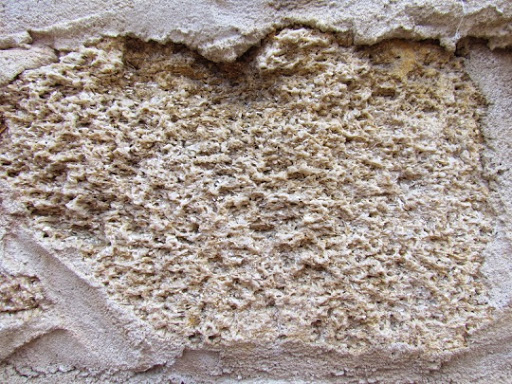
Here’s a picture of the outside of the fort with its coquina sides. The indentation is where a cannon ball hit and just mushed a small hole. It sure didn’t penetrate the walls of the fort.
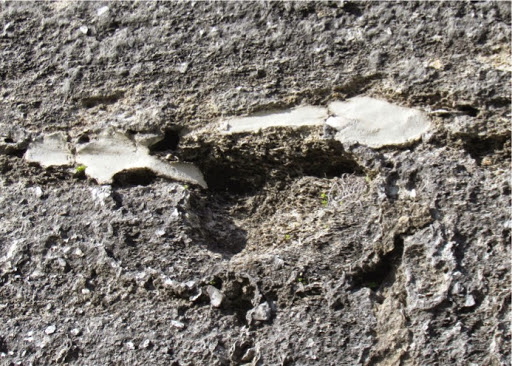
And, Castillo de San Marcos was soon tested. In 1702, 7 years after its completion, the British attacked from Georgia. The British forces, led by General Moore, burned the city but could not penetrate the Castillo's walls. The British attacked again in 1728 with the same result. In 1740, they attacked under the leadership of Governor Oglethorpe with 1400 soldiers and Indians. They laid siege to the fort and blasted its walls with cannon for 51 days. Meanwhile the citizens of St Augustine moved into the fort for the duration of the siege, all 1500 of them. Here you can see the central courtyard - the only open space for the inhabitants of the Fort.

Oof - da. Lots of people, little space - and no way to take baths.
Because the walls were so thick, the ‘rooms’ inside were quite long and could hold a lot of stores, food, ammunition, extra cannon and people. But, there’s not much light coming in since it is a fort. And, in the summer those walls would be wet with humidity and the air would be heavy with no circulation.
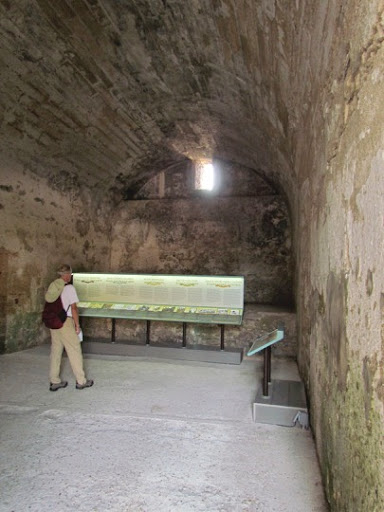
They had brought all their grains and food into the fort and put their cattle and other animals into the dry moat area around the fort. But, the British soon gave up and retreated back to Georgia. The British were never able to take the city of St. Augustine but in 1763, the end of the French and Indian War, they got it by treaty while the Spanish got Cuba and everyone in St Augustine moved to Cuba. They took everything in their homes even the latches on the doors and windows. The Spanish got it back in 1784 after the American Revolution but relinquished it to the America in 1819 in return for a payment of $5,000,000. There were some in Congress who thought it a bad deal, that no one would want Florida, ’No, sir. No man would immigrate into Florida - no not from hell itself.’ He continued by denouncing Florida as a land of swamps, insects, reptiles and misfits. Yep, there were nay-sayers in Congress even then.
The Americans called the Castillo Fort Marion, honoring the revolutionary patriot from the Carolinas, General Frances Marion. The U.S. Government used Fort Marion as a prison for Native Americans in the late 1800s.
The fort was officially taken off the active list of fortifications in 1900 and it was preserved and recognized as a National Monument in 1924. Congress renamed the fort in 1942, reverting to the Spanish name, the Castillo de San Marcos. At over 315 years old, the fort is a lasting landmark of seventeenth-century St. Augustine.
We joined two Ranger talks about the Fort and thoroughly enjoyed both and learned a lot about it. The walls of the fort are 14’ at the bottom and 9’ at the top, with over 400,000 blocks of coquina stone, all cut and set by hand. No wonder it took so long to build. Look how wide the tops of the walls is. You could almost have a parade here. And, this made the rooms underneath quite long. Here is a cannon on the top of the wall, pointing towards St Augustine in case the attach came from inland.
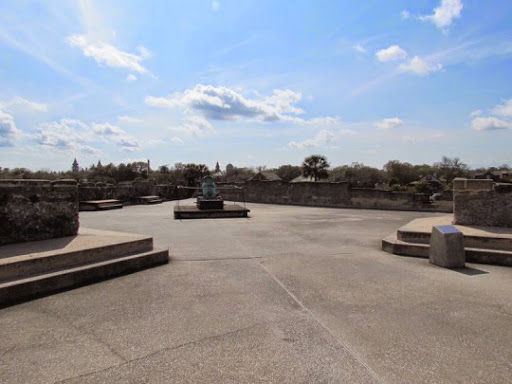
One of the neatest things about the fort is the old graffiti. Lots of people have lived and worked here and have made their mark on the walls. The most prevalent graffiti is a picture of a ship. You can see the ship with masts and wood sides here.
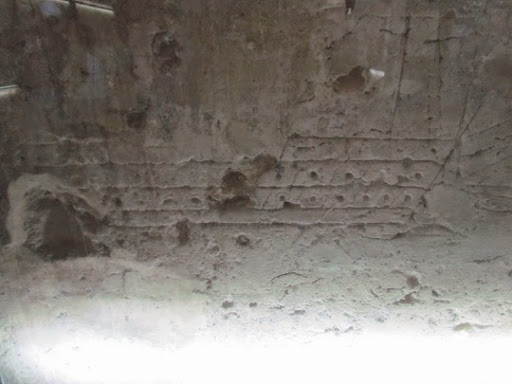
The theory is that those in the fort were anxious to see a ship, their link to the outside world. We liked the fort and its story and obviously, so did others since so many are here today.


